Microgrids are small electric grids that can operate while disconnected from the main grid. Learn how a new tool that networks multiple microgrids with solar-plus-storage together can lead to community resilience.
Office of Energy Efficiency & Renewable Energy
November 8, 2023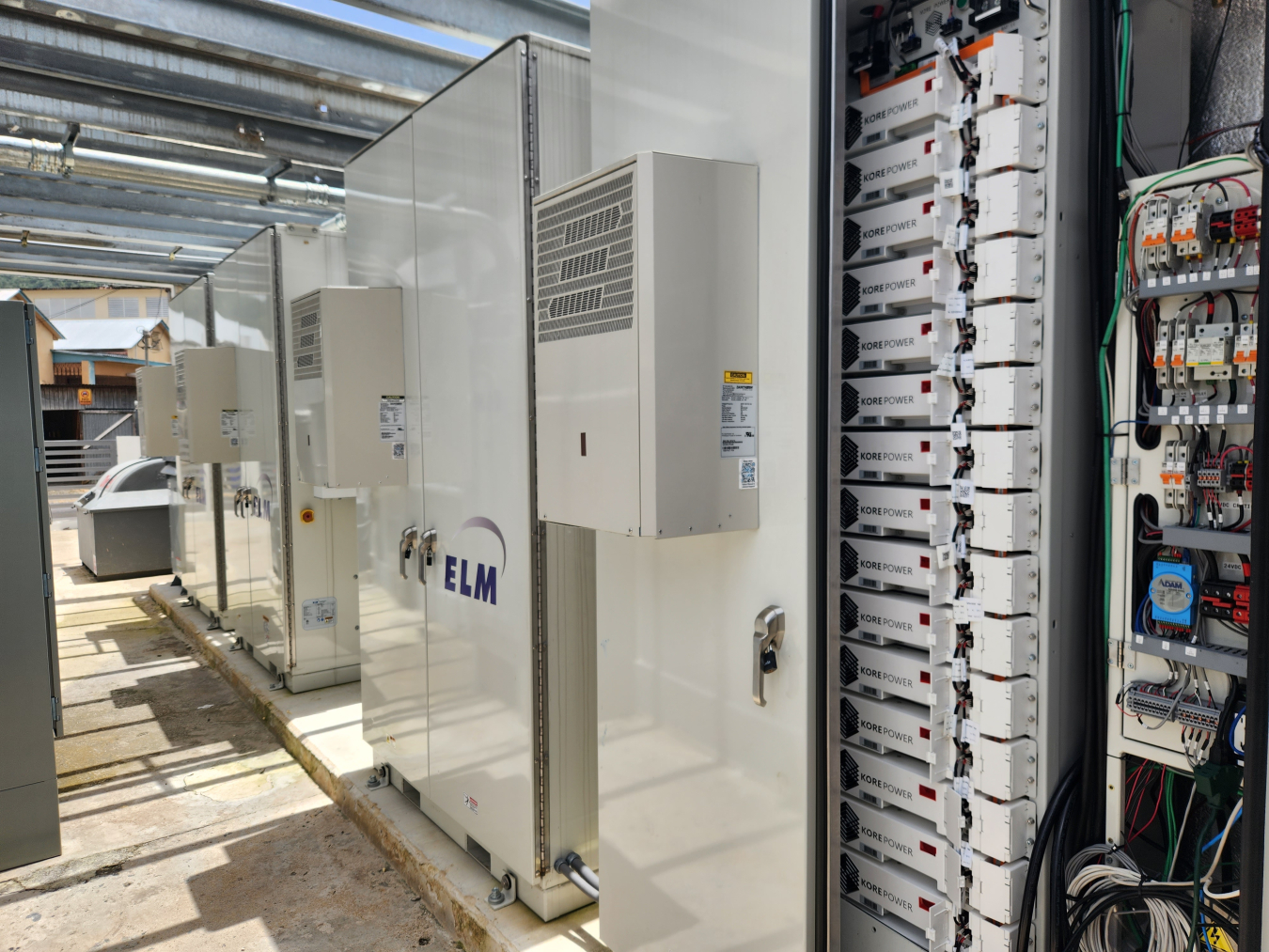
The Adjuntas microgrids rely on these two large energy storage units designed by ELM. Photo by Maximiliano Ferrari
To ensure continual power during an outage, communities and local energy planners can install microgrids, which have their own power sources and can deliver renewable energy, like solar, to strengthen community resilience. Now, there is a tool designed to connect and coordinate multiple microgrids to maintain reliable electric service, integrate more solar energy and potentially other types of renewable energy, and reduce the need for backup diesel generators, lowering costs and harmful emissions.
Microgrids are small electric grids that can operate while disconnected from the main grid. They often use solar energy and batteries, which allow the microgrids to work independently because they can store energy and release it when it is needed. If the main grid goes down during a severe storm, for example, microgrids can enable a steady supply of electricity to the critical facilities, homes, and businesses that are connected to them.
In 2020, the U.S. Department of Energy Solar Energy Technologies Office (SETO) awarded nearly $4 million to a team at Oak Ridge National Laboratory to develop an optimized solution to manage distribution of electricity within a network of solar-powered microgrids. The team developed a microgrid orchestrator—software designed to manage the exchange of power between multiple microgrids within a network. The team is in the final stages of hardware testing before demonstrating the microgrid orchestrator in the mountain town of Adjuntas, Puerto Rico.
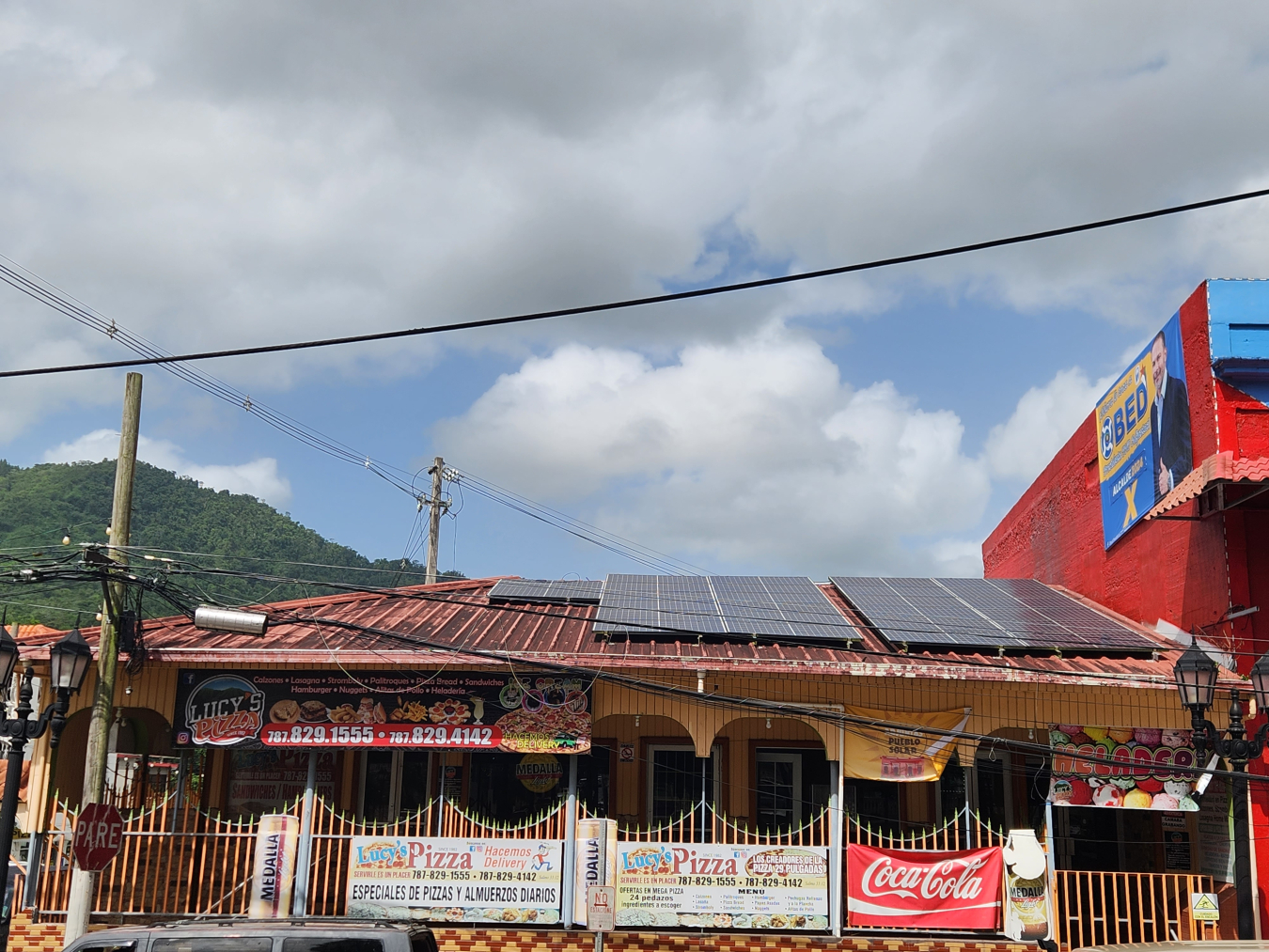
Solar panels on top of Lucy’s Pizza in Adjuntas, Puerto Rico are part of newly-installed community-operated microgrids that will enable 14 businesses to provide emergency services to the community. Photo by Maximiliano Ferrari/ORNL
Two community-owned microgrids will soon provide solar power to Adjuntas, even when blackouts occur in other parts of the island. Adjuntas did not have power for six months because of Hurricane Maria in 2017. Local community organization Casa Pueblo partnered with the nonprofit Honnold Foundation to install the town square microgrids to ensure that Adjuntas residents have access to critical services in the aftermath of future natural disasters.
When Hurricane Fiona hit Puerto Rico in September 2022, a smaller, previously-installed Adjuntas microgrid that serves Casa Pueblo kept the power on for nine days when other parts of the island went dark. Researchers will work to advance the orchestrator’s capabilities to extend electric service as long as possible for future outages.
The success of this microgrid orchestrator could result in the creation of microgrid networks in communities across the nation to increase resilience, reduce greenhouse gas emissions, and support energy independence and security.
Learn more about SETO’s systems integration research and development.
More Energy Resilience News
-
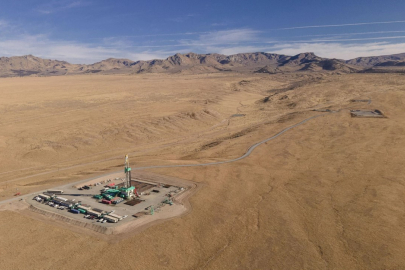 Advanced by Americans: A Year of Energy Innovation
Advanced by Americans: A Year of Energy Innovation -
 AMMTO released a request for information (RFI) to gather input on its draft harsh environment materials (HEM) research, development, and demonstration landscape document.
AMMTO released a request for information (RFI) to gather input on its draft harsh environment materials (HEM) research, development, and demonstration landscape document. -
 Six connected communities will demonstrate technology solutions to manage growing electric loads on the grid.
Six connected communities will demonstrate technology solutions to manage growing electric loads on the grid. -
 CONCEPT Phase Applications are now open in three tracks focused on clean energy, manufacturing, and transportation projects
CONCEPT Phase Applications are now open in three tracks focused on clean energy, manufacturing, and transportation projects -
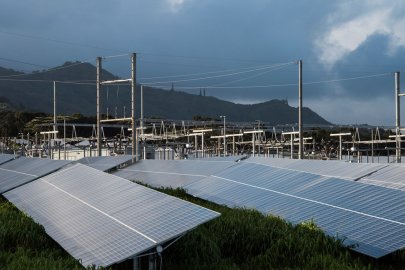 Innovative program equips utilities and grid operators with the expertise and resources needed to build the reliable, resilient, and secure grids required to meet the nation's growing energy demand.
Innovative program equips utilities and grid operators with the expertise and resources needed to build the reliable, resilient, and secure grids required to meet the nation's growing energy demand. -
 The Critical Materials Innovation Hub announced up to $10 million to accelerate the early-stage technology research and development necessary to reduce material criticality for energy innovations requiring critical materials.
The Critical Materials Innovation Hub announced up to $10 million to accelerate the early-stage technology research and development necessary to reduce material criticality for energy innovations requiring critical materials. -
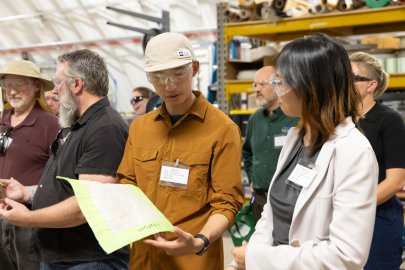 DOE Invests $10 Million To Support Clean Energy Transitions for Communities Across the United StatesThree new community teams will receive tailored funding and technical assistance to support clean energy goals
DOE Invests $10 Million To Support Clean Energy Transitions for Communities Across the United StatesThree new community teams will receive tailored funding and technical assistance to support clean energy goals -
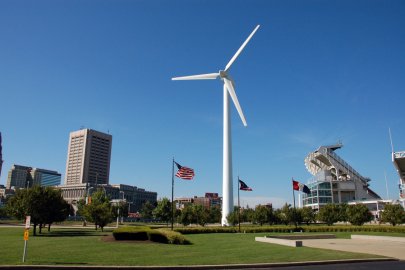 Newly integrated program supported by DOE will help local governments expand distributed solar and wind energy, as well as electric vehicle charging
Newly integrated program supported by DOE will help local governments expand distributed solar and wind energy, as well as electric vehicle charging -
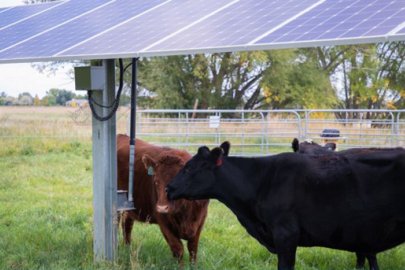 Six projects funded by the Inflation Reduction Act will help improve planning, siting, and permitting for large-scale renewable energy and storage. DOE also launched a prize to advance the co-location of solar energy production and cattle grazing.
Six projects funded by the Inflation Reduction Act will help improve planning, siting, and permitting for large-scale renewable energy and storage. DOE also launched a prize to advance the co-location of solar energy production and cattle grazing. -
 The Energy Transitions Initiative Partnership Project will engage communities in energy planning, natural disaster preparedness, and analysis of renewable technologies, including solar, wind, battery storage, and heat pumps.
The Energy Transitions Initiative Partnership Project will engage communities in energy planning, natural disaster preparedness, and analysis of renewable technologies, including solar, wind, battery storage, and heat pumps.

